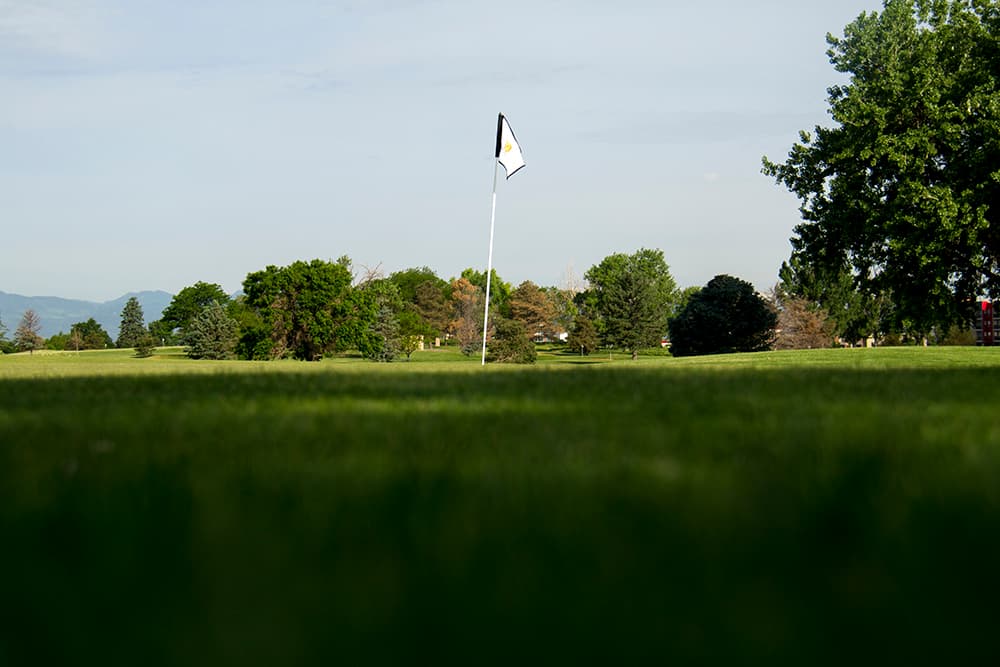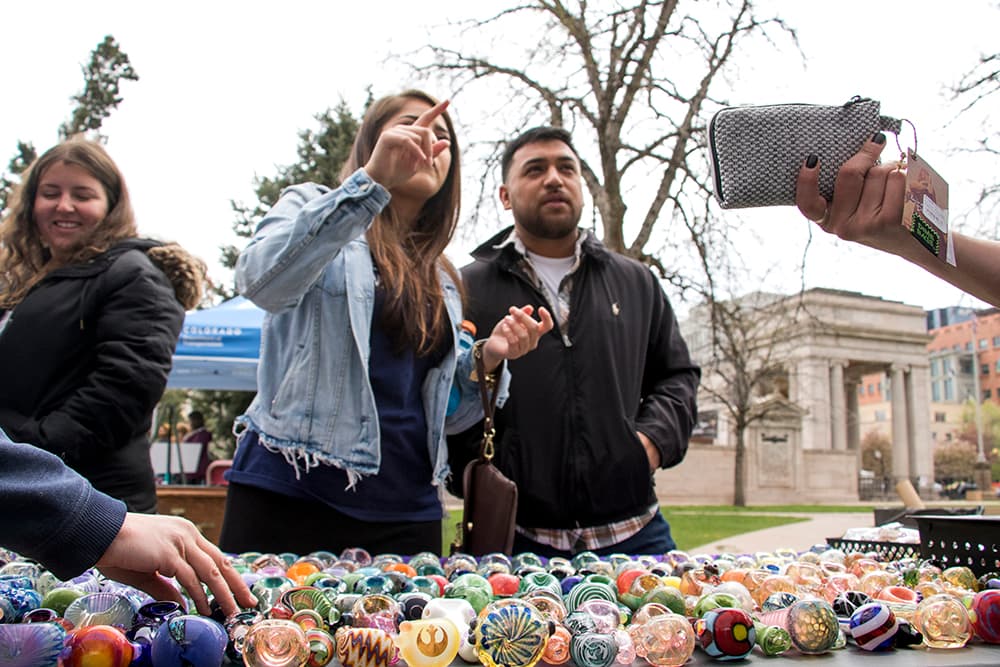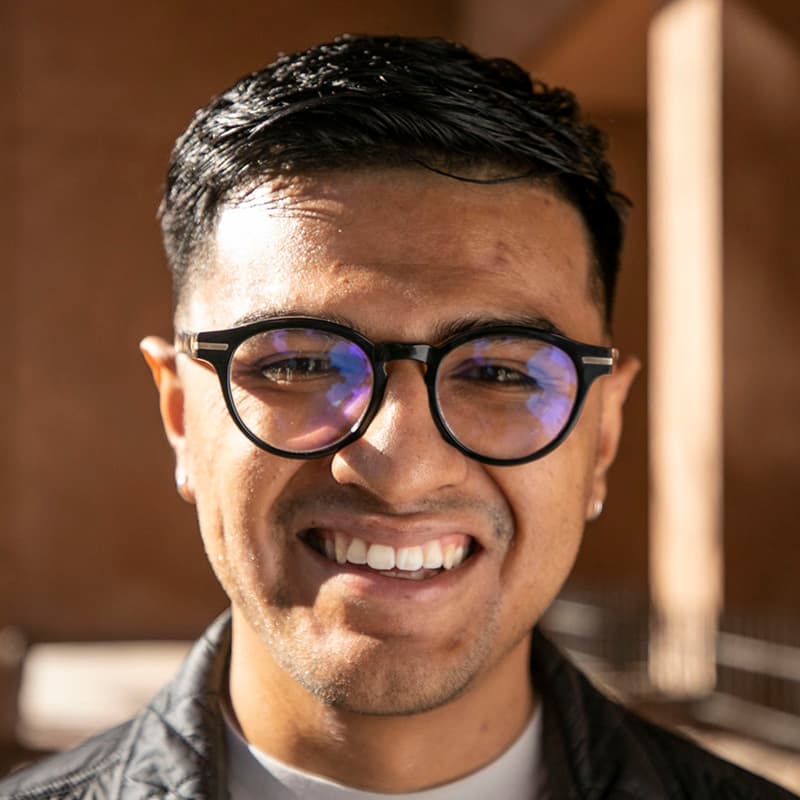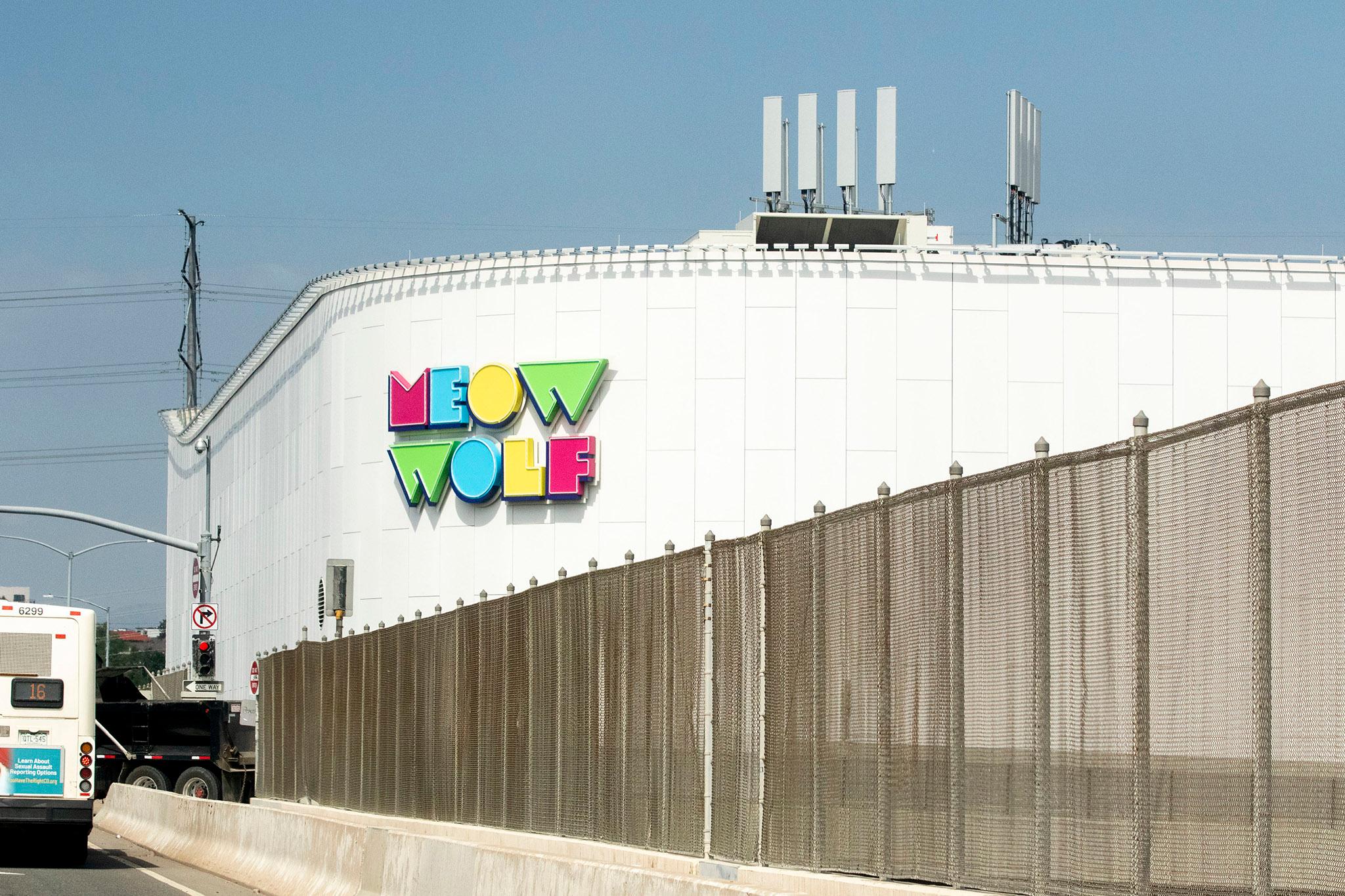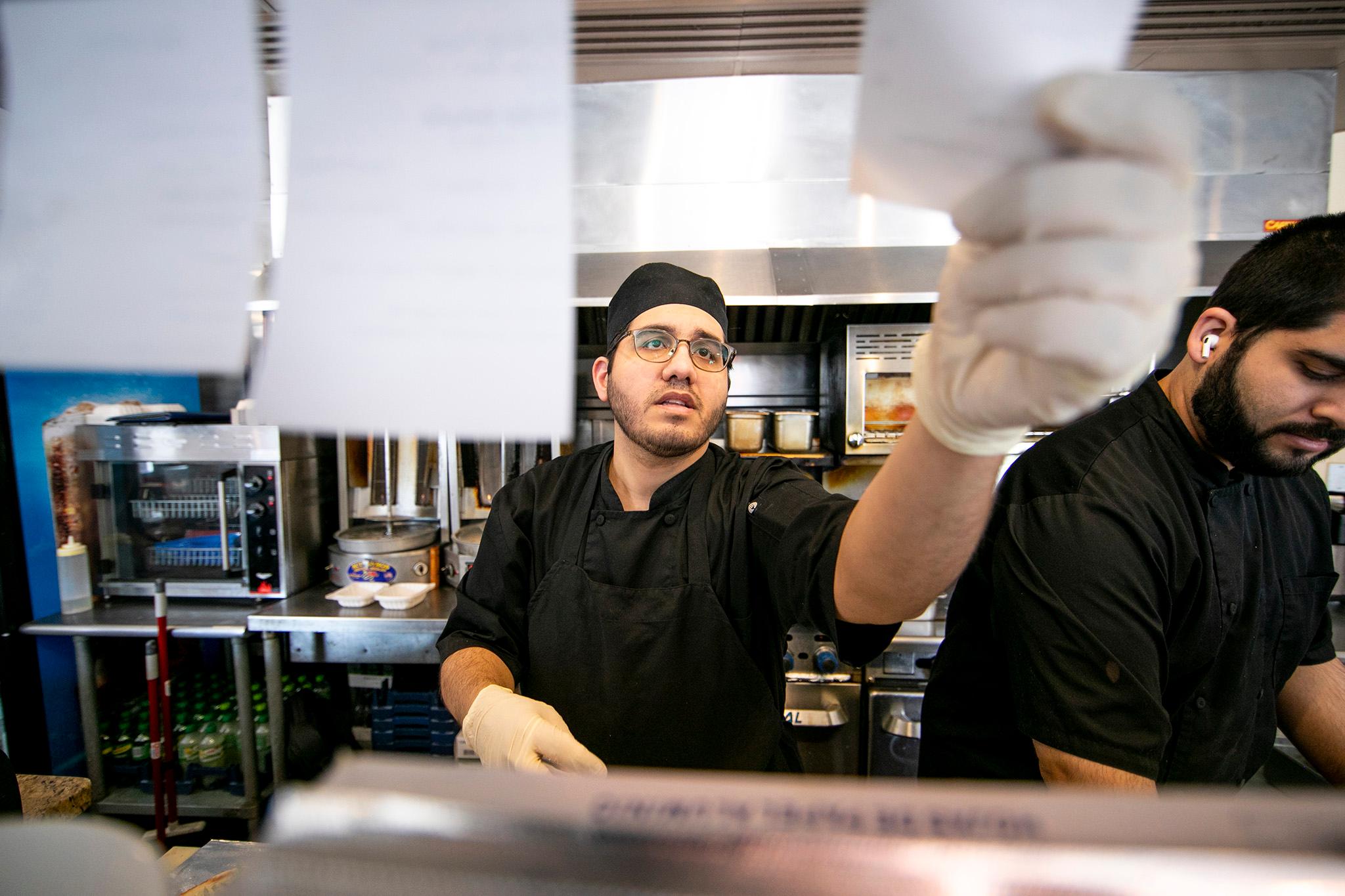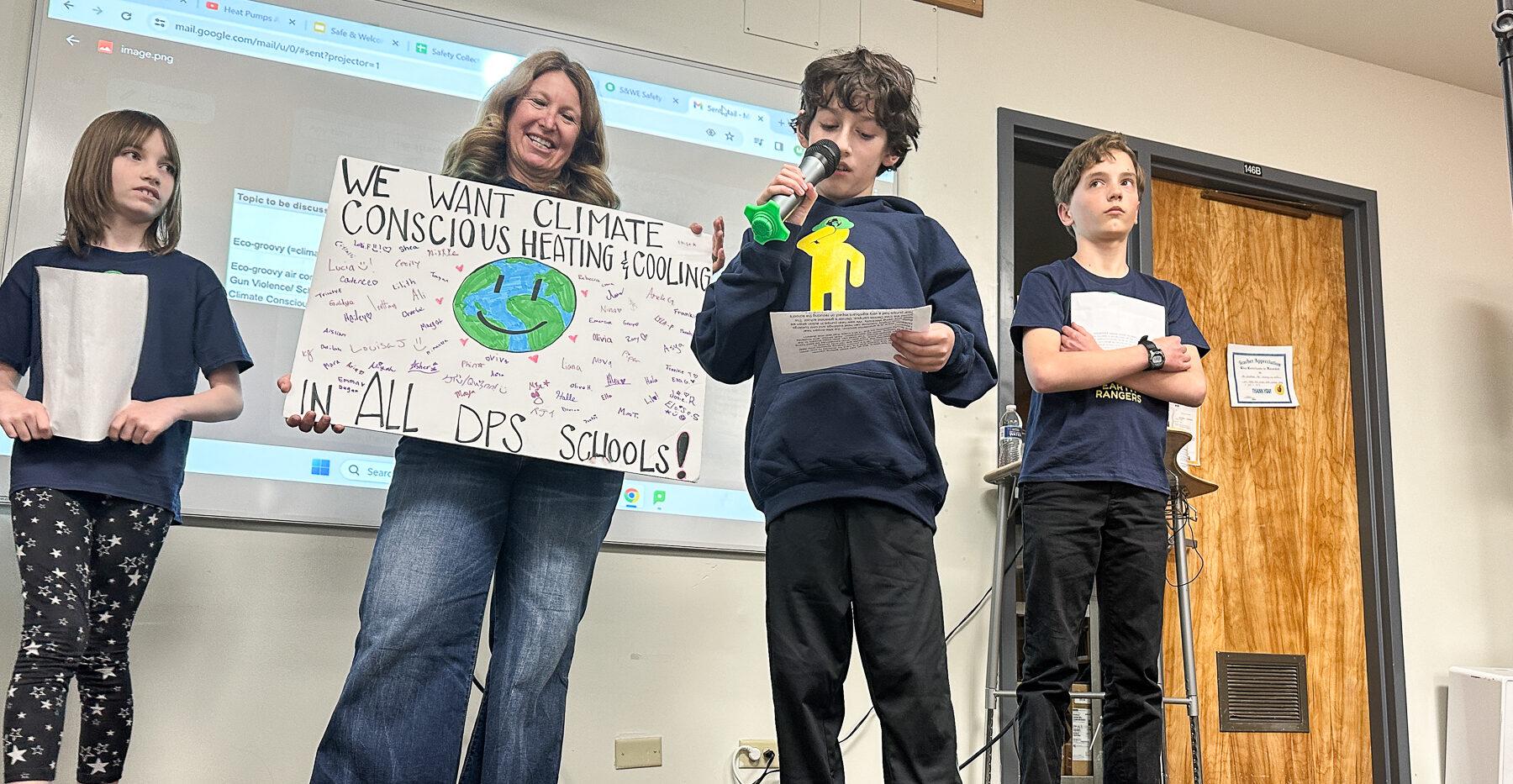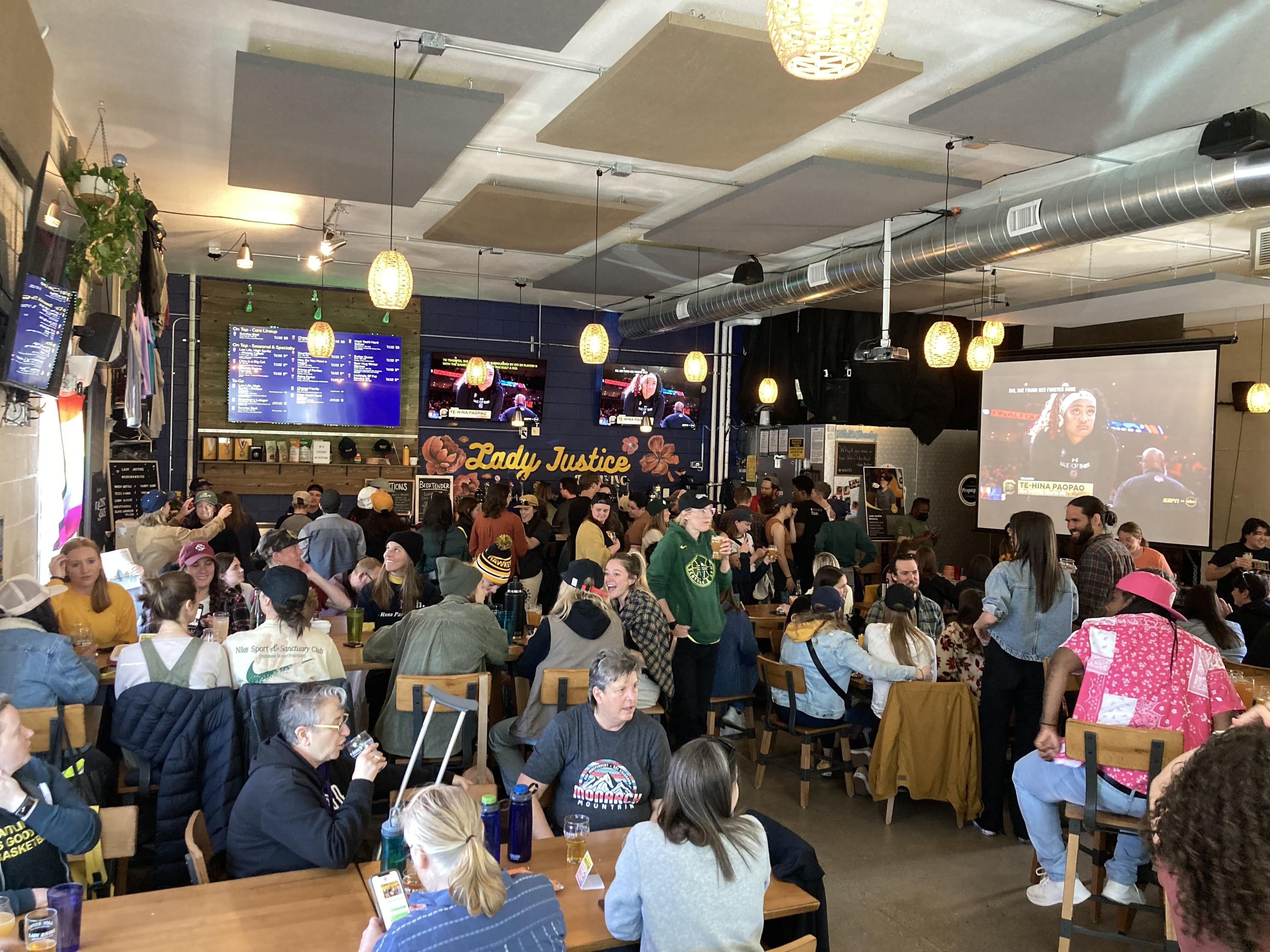On April 4, Denverites will vote on the future of the former Park Hill Golf Course -- 155 acres of Northeast Park Hill.
The neighborhood was once a longtime hub of Black businesses, culture and political movements. In more recent decades, Northeast Park Hill has become a food desert where residents have struggled to afford to stay as home prices have risen.
The golf course, which mostly runs along Colorado Blvd. between 35th St. and 40th St., has been eyed by developers for over 50 years. The city has a long and tangled history with the land, involving lawsuits, oddball deals and plenty of strife.
As we prepare to decide the future of these 155 acres, let's look back at some of the big events on the golf course and how Denver voters have arrived where we are.
1859
A Philly transplant named George Washington Clayton arrived in Colorado and soon after opened a downtown shop to sell goods to miners lured to Denver by the promise of gold. In the years to come, Clayton served on City Council and supported the creation of a jail and schools, wrote Colorado historian Tom Noel in the Denver Post. Clayton, whose wife and child died shortly after they started a family, escaped his grief through work.
1892
Clayton wrote a will that indicated he would leave his wealth to form a school and home for poor white boys between the ages of 6 and 10 whose dads had died.
1899
Always working, Clayton died at his desk. The executors of his estate opened his safe and learned about his plans for the creation of a home for boys.
1911
The money Clayton left paid for Clayton College, which opened in 1911 and catered to orphaned white boys. It was funded, in part, with money from a dairy farm on the former Park Hill Golf Course site.
The City and County of Denver's probate court was established as the fund's trustee.
1930 to 1960
In 1930, Robert Shearer started building the Park Hill Golf Course, according to the Colorado Golf Hall of Fame. At the time, Overland Park, City Park and Willis Case were the only full-length courses in the city. Funds from the golf course also supported the trust. Shearer would own and run the park until 1970.
In the 1930s through the '50s, the private golf course hosted various tournaments for causes like special education and the Jewish charity B'nai B'rith, often advertising in Jewish Intermountain News. The city's parks department hosted junior competitions, and the Jewish Community Center ran a golf school there.
From 1936 to 1957, Robert Shearer ran the Park Hill Invitational, a star-studded event that brought big names like Bing Crosby, Joe Louis, Bob Hope, President Dwight Eisenhower and Arnold Palmer.
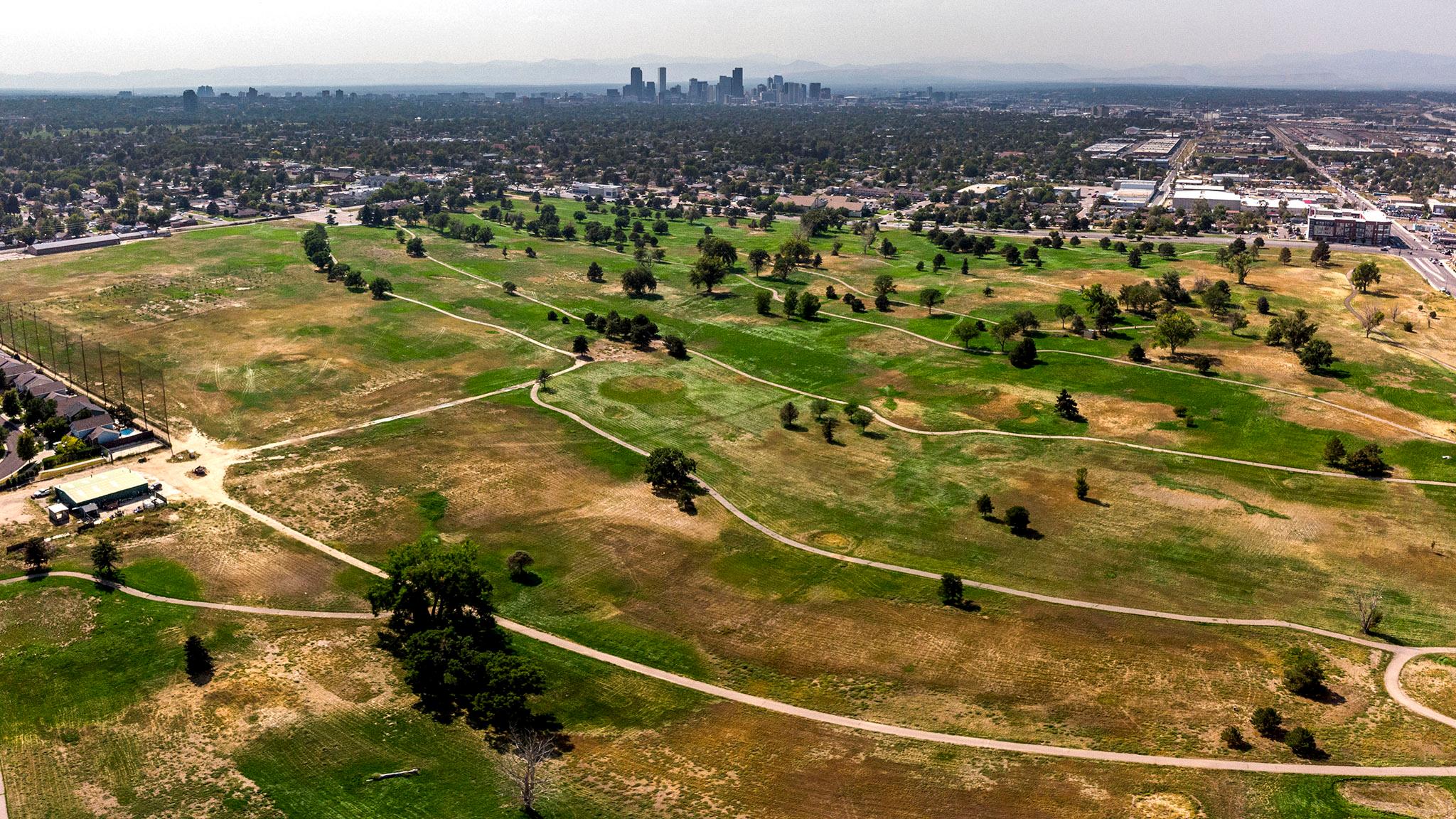
1961
Though boxer Joe Louis was among those who played the greens, the Park Hill Golf Course was largely whites-only through its first few decades. The Denver Blade, one of the city's first Black newspapers, reported in one of its first editions that Denver's only Black judge, at the time, had been denied entry to the golf course. National outlets picked up the story.
1966
The segregationist policies at the golf course continued to inspire headlines in The Blade. In '66, the paper wrote about Mayor Tom Currigan signing a five-year lease with the golf course: "The Negro citizens of East Denver, today expressed great shock and dismay over finding out that the Democratic mayor has signed a five year city lease to the Park Hill Golf Course. Park Hill is a supposed private club house. Located right in the middle of the Negro community in Greater East Denver yet very expressly omits Negroes from its membership and from playing on the grounds."
Currigan said he "goofed."
The National Association for the Advancement of Colored People and other groups protested at the mayor's office, and City Councilmember Elvin Caldwell demanded an investigation.
1969
Metro State College's newspaper, The Paper, reported that the Park Hill Golf Course site was being eyed as a potential site for the then-in-development Auraria Campus. The Auraria neighborhood, a Chicano community that city officials claimed had called into "blight,' was on the verge of being displaced by the educational institution. The Park Hill Golf Course site could have been a better and less culturally disruptive home, some argued. But the college could not compete with commercial developers who were also considering a project on the site.
That same year, in the case Dunbar v. Board of Trust. Of George W. Clayton Col., a court finally decided that Clayton College would have to lift some of the narrow parameters Clayton had established in his will. The school could no longer serve just white boys from 6 to 10 whose dads had died. The focus of the school was expanded.
1974
In the mid-'70s, the Denver Mint sought a new home to make money. The City of Denver pushed the Park Hill Golf Course as a home for the Mint after the public objected to building it along the South Platte River.
Mary Brooks, then head of the U.S. Mint, said she preferred moving the Mint to the Federal Center in Lakewood. "Mrs. Brooks said she feared residents living near the 34-acre golf course site might object to construction of a factory in their neighborhood," reported the Golden Transcript. But the fight to bring the mint to the golf course continued.
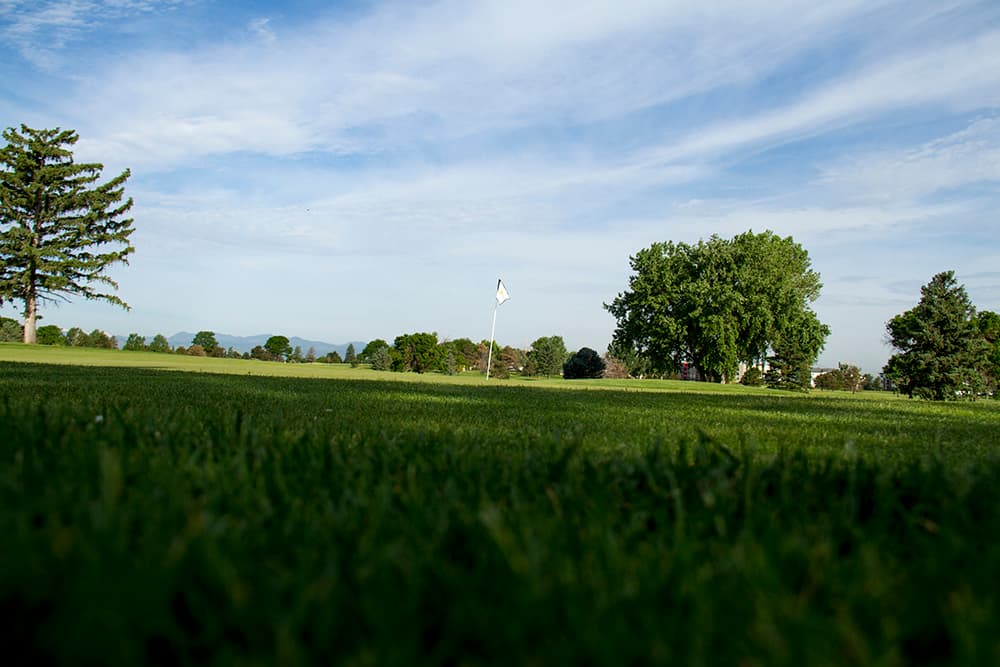
1976
The plan to bring the Denver Mint to the Park Hill Golf Course made it all the way to the Senate Banking Committee, under the leadership of Democratic Rep. Patricia Schroeder. But Republican William Armstrong instead proposed to sell the government a Littleton factory owned by the Gates Rubber Company, which could save the U.S. Mint money. Schroeder described the potential move to the Golden Transcript as "dirty politics."
1982-1984
After the Colorado Attorney General lobbed a complaint against the City of Denver for mismanaging the George W. Clayton Trust, the city resigned as trustee. By 1984, the Clayton Foundation was formed to manage the trust, according to Denver INC, the Inter-Neighborhood Cooperation, which documented the history of the Park Hill Golf Course conservation easement in 2017.
1986-1989
The Clayton Foundation put the property on the market and entered into a contract with the developer Fulenwider to buy the land for more than $10 million. But for that deal to work, the property needed to be rezoned for a mix of retail and industrial use.
The oil and gas bust of the 1980s gutted Denver's economy, Park Hill community groups fought the rezoning and Fulenwider backed out of the deal. Instead of finding another buyer, the Clayton Foundation decided to continue with golf.
Hoping to block a future development, voters approved a bond measure that would allocate $2 million to purchase the land. The purchase never went through.

1994-1998
Instead, Mayor Wellington Webb struck a deal with Clayton to give the foundation $2 million if the city could create a perpetual conservation easement to block development. The Clayton Foundation would continue to run the land as a golf course. In 1997, a conservation easement was created that limited the land's use to a golf course and additionally open space. The foundation inked a 20-year lease with the American Golf Corporation the following year.
2000 to 2015
In 2000, Tiger Woods, heralded as a sign that golf was finally integrating, set up a clinic at the course.
But over the years, the site was plagued with tax issues and questions about whose job it was to pay them and who'd get off the hook. Eventually, the responsibility landed on Clayton. The foundation transferred its recorded title to the city to avoid the taxes, though Clayton still effectively owned the course.
Eagle Golf took over the lease in '08 and Arcis golf took it over in 2015.

2016
As part of its Platte to Park Hill stormwater drainage project, the city proposed creating a huge drainage area on the northeast side of the golf course. That news disturbed Arcis, which realized it would have to shut down operations.
2017
Mayor Michael Hancock's administration attempted to purchase the land from Clayton but failed to strike a deal. The offer: $20.5 million.
2018
The Park Hill Golf Course shut down operations and hasn't reopened since.
2019
In March, Arcis Golf sued Denver. The company was trying to stop construction on the stormwater drainage project and arguing the city had not reimbursed the Arcis for property expenses after beginning the drainage work.
In June, state lawmakers signed a measure to make it harder for entities to extinguish a conservation easement -- a policy widely viewed as a coup for preservationists and others resistant to development.
In July, Loretto Heights developer Westside Investment Partners purchased the land from Clayton, which was having financial troubles. The cost: $24 million.
The developer took over the lease and the lawsuit from Arcis, and the city settled with Westside for $6 million. That money settled future disputes over how the city used the land.
By fall, former Mayor Wellington Webb and other activists rallied under the name Save Open Space Denver to save the Park Hill Golf Course site from development, arguing the conservation easement should be enough to stop the Westside's plans.
In response, Kenneth Ho, Westside's lead on the project, said he wanted to see a citywide planning process for the site. And the company had already announced a community listening tour to understand what nearby residents wanted to see on the land.
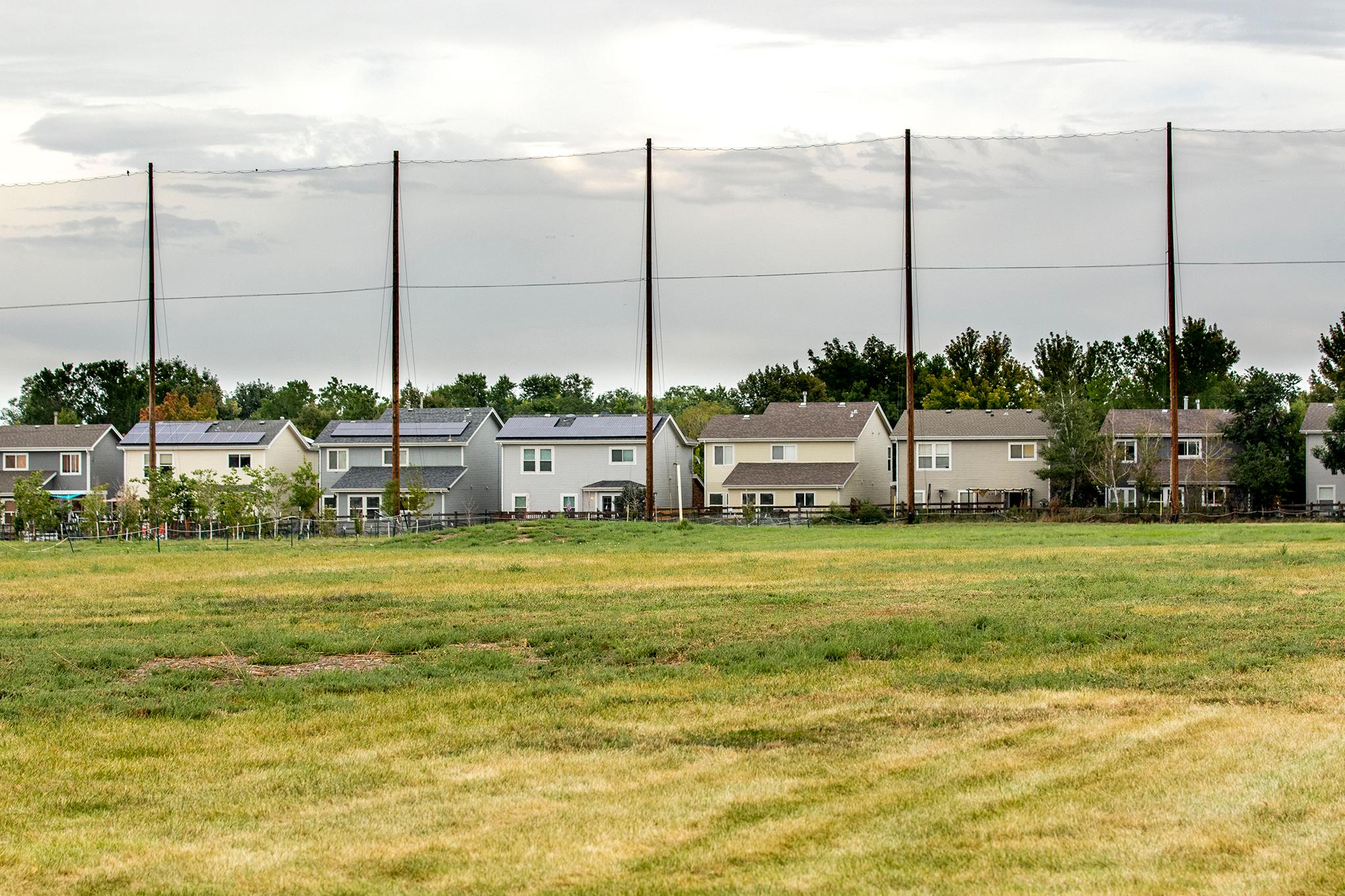
2020
Councilmember Candi CdeBaca proposed sending voters a ballot measure that would allow them to ban certain types of development on the golf course. City Council killed the measure.
The Holleran Group, a cohort of Black developers, brokers and community outreach specialists including Norman Harris, teamed up with Westside for the development.
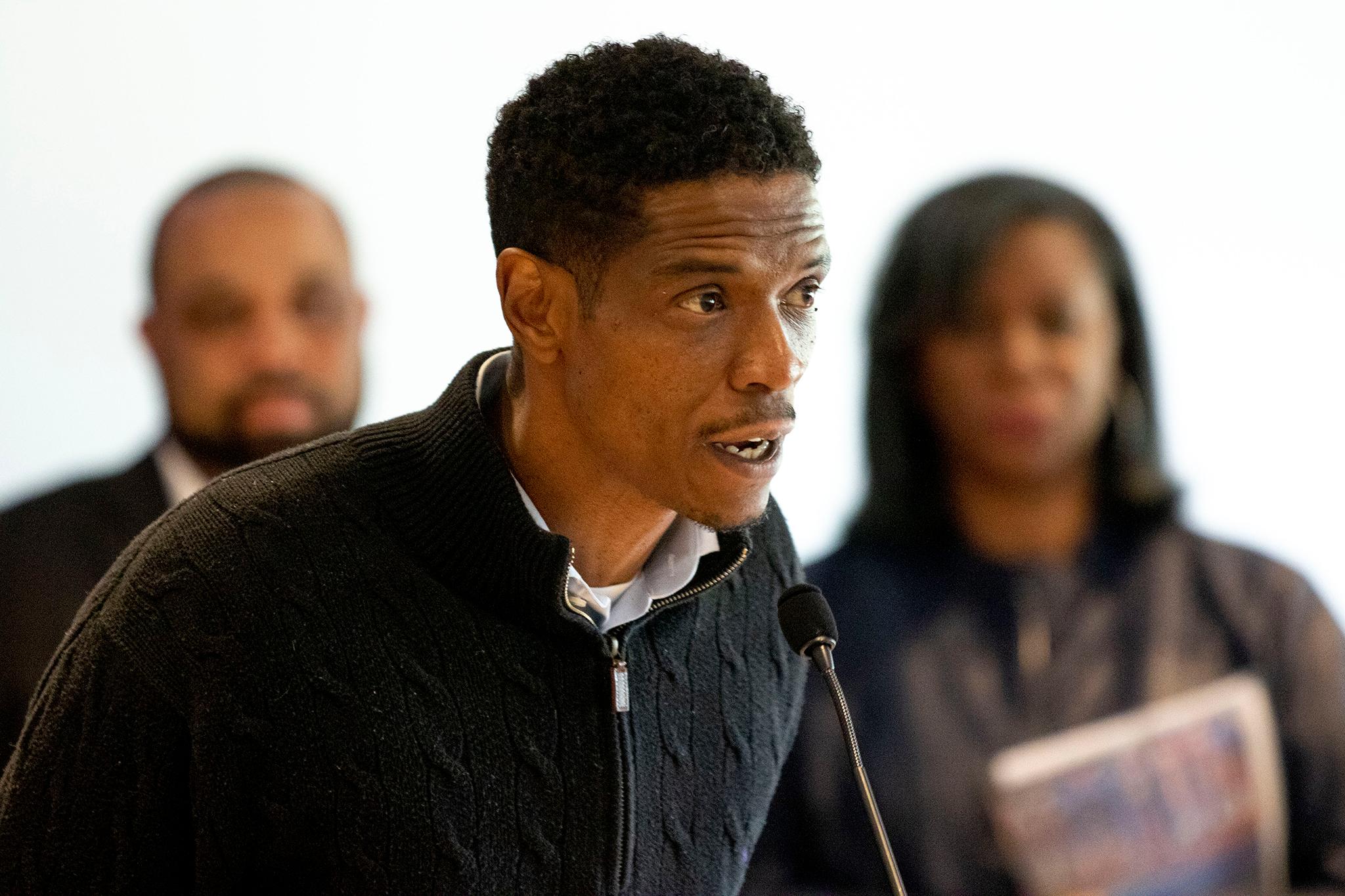
That same year, Westside opened up the Park Hill Golf Course clubhouse to Jason McBride, an anti-violence activist doing youth programming at the height of the pandemic.
2021
In early 2021, Sisters of Color United for Education signed a lease to use the Park Hill Golf Course.
Starting in January, the City of Denver began a series of community conversations with neighbors about their hopes for the land. This was the first step in Community Planning and Development's ongoing planning process. The results were published in June.
Around 70% of neighbors polled wanted a mix of open space and development, 20% wanted just open space and 8% wanted just development.
Around half of the people in the neighborhood wanted space for retail and restaurants and more than 40% wanted recreational facilities. A mere 35% wanted affordable housing.
In November, open space advocates floated Initiative 301 by voters, a measure requiring a citywide vote to lift a city-owned conservation easement. The developers responded with a competing measure, Initiative 302, that would have blocked 301.
Voters passed 301 and not 302; a citywide vote would now be required to lift a city-owned conservation easement
Community Planning and Development organized representatives from the community to sit on an advisory committee. That group included Save Open Space.
2022
In January, Community Planning and Development axed Save Open Space and its representative, current mayoral candidate Lisa Calderón from the committee working on the future of the golf course site.
"Given Save Open Space's stated disagreement with the prevailing vision and the visioning process to this point, we believe that further participation by Save Open Space as part of the committee would only result in further discord within the community and would not be a valuable use of the committee's or your organization's time," Parks and Recreation head Happy Haynes and Community Planning and Development head Laura Aldrete explained in a note to SOS.
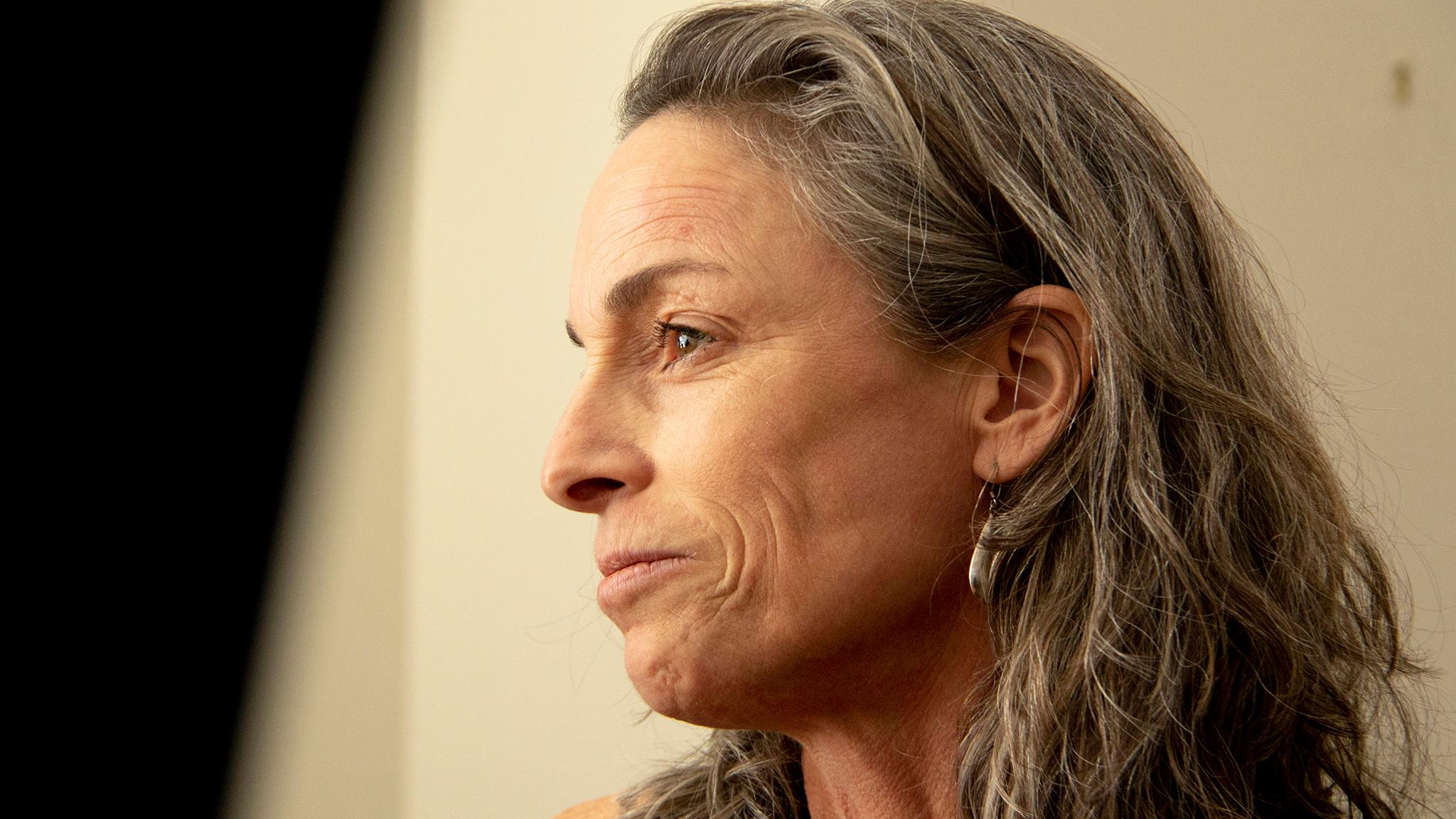
In May, Sisters of Color United for Education sued the Holleran Group over money it had paid to update the Park Hill Golf Course clubhouse and access to the space.
In July, Westside submitted plans for the former golf course to begin a Large Development Review process with Community Planning and Development. The project would include more than 100 acres of park space, a mix of income-restricted for-sale and rental housing units, retail, a community center and room for a grocery store.
Over the fall and into winter, the planning process moved from the Planning Board through City Council committees.
At the end of the year, City Council adopted the Park Hill Golf Course Small Area Plan, which Aldrete described as "a sweet victory considering the challenge before us," in an email to Hancock. "There is levity and a skip in our step..."
2023
As City Council prepared to hear multiple items related to the golf-course redevelopment, a group of property owners within 200 feet of the golf course collected protest petitions and submitted them to the city to demand a supermajority vote.
Community Planning and Development and the City Attorney's Office -- both of whom had been working on the project -- claimed the signatures were invalid. When those who signed the petition raised questions about an appeal, city officials had little response, but City Council proceeded with the votes.
Council approved multiple items related to the redevelopment of the golf course: the rezoning of the land, the creation of five metropolitan districts, and a ballot measure, eventually named 2O, in which voters would weigh in on the future of the golf course, should the conservation easement be lifted and development approved.
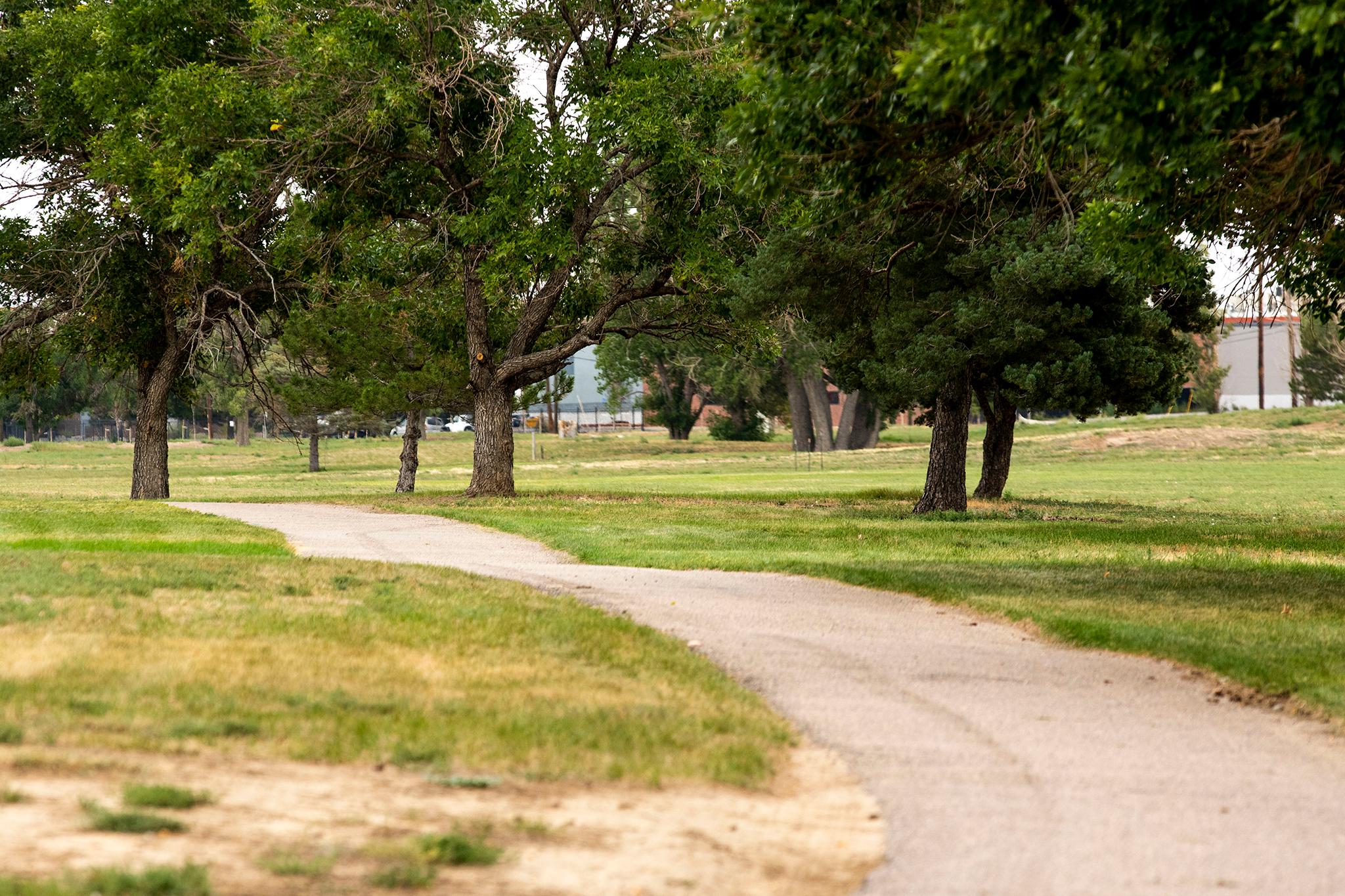
This is the language voters will consider on the ballot:
"Shall the voters of the city and county of Denver authorize the release of the city-owned conservation easement on privately owned property known as the Park Hill Golf Course, which requires the land to be used primarily for golf-related purposes, and allow for commercial and residential development, including affordable housing, and public regional park, trail and open space."
In February, opponents of the golf course redevelopment filed a lawsuit arguing the deal is illegal because the land is protected by a conservation easement which, according to the suit, can only be terminated by a court.
April 4
Voters will determine whether the conservation easement should be terminated and development should occur.
After that
We'll keep you posted. There's a newsletter for that.
Need more help voting? Check out the rest of our voter guide here.

